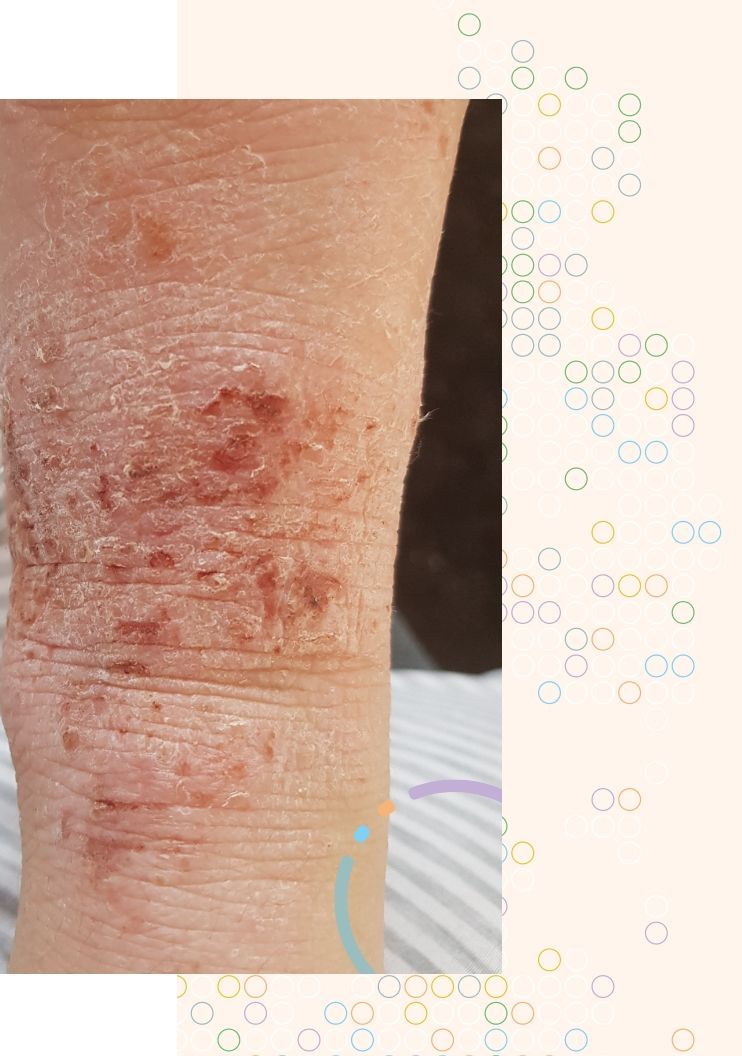What is atopic dermatitis?
Atopic dermatitis is a highly prevalent, noncommunicable, chronic skin disease. Its burden ranks fifteenth among all non-fatal diseases, and first among all skin diseases.
Overview: Atopic dermatitis is a common chronic, non-communicable skin disease characterized by dry skin, localized red scaly patches and intense itching as well as skin pain. Atopic dermatitis is also known as ‘atopic eczema’, ‘neurodermatitis’, or just simply as ‘eczema’. Although the precise etiology has not been fully elucidated there are many factors and triggers which may play a role. These include interactions between genetic and environmental factors, skin barrier disruption, microbiome alterations, and immune dysregulation.
Lesion characteristics: The skin lesions associated with atopic dermatitis are characterized by papules, oozing vesicles on red swollen skin (although redness is more difficult to discern in darker skin and may not always be apparent), crusting, and scaling. These lesions can merge into larger areas, sometimes as a result of extensive scratching. When lesions become chronic, they may result in thickening of the skin, known as lichenification.
Course: Atopic dermatitis is a highly variable skin disorder with a wide spectrum of clinical manifestations, and typically fluctuates in severity between periods of flares and remissions.
For the majority of people, atopic dermatitis becomes apparent in early childhood with most patients experiencing an onset of the disease before the age of five years, but it can also develop later in adult life, or reoccur following long periods of resolution. In fact, high rates are increasingly reported among older adults.
Localization: Atopic dermatitis has a typical age-related distribution, and the skin lesions can vary depending on disease stage, ethnicity, as well as geographic location. In infants, the face, scalp, cheeks, and extensor sides of the arms and legs are frequently involved, but the whole body may be affected in severe cases. With increasing age, skin lesions are commonly found in areas such as the folds of the knees and elbows (flexural), neck, ears, wrists, ankles, and around the eyes. In adolescents and adults, the hands, feet, head, and neck are frequently affected which can impair the ability to work and perform daily life activities.
Epidemiology: The features of atopic dermatitis can also differ between geographical regions. For example, in Africa more thickened and bumpy skin (papular lichenoid lesions) is reported, whereas in South East Asia, oozing lesions (exudative) are more prevalent, which is a sign of bacterial skin infection. In India and South East Asia, lichenification, and hypo- or hyperpigmentation of the skin are also common features in patients with atopic dermatitis.



